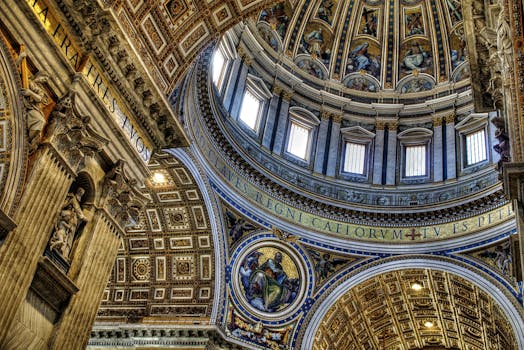
Traveling Through Time: How Europe’s Historical Heritage Shapes Modern Lifestyles in 2025
Traveling Through Time: How Europe’s Historical Heritage Shapes Modern Lifestyles in 2025. Europe, with its vast and diverse historical heritage, has always been a fascinating destination for travelers and history enthusiasts alike. From the ancient ruins of Greece and Rome to the medieval castles of England and the Renaissance art of Italy, Europe’s rich cultural legacy continues to captivate audiences around the world. In this article, we will explore how Europe’s historical heritage shapes modern lifestyles in 2025, and what this means for travelers and locals alike.
Introduction to Europe’s Historical Heritage
Europe’s historical heritage is a treasure trove of cultural, artistic, and architectural riches. From the Colosseum in Rome to the Eiffel Tower in Paris, the continent is home to some of the most iconic landmarks in the world. But Europe’s historical heritage is more than just a collection of famous buildings and monuments – it is a living, breathing entity that continues to shape modern lifestyles in profound ways.
The Impact of Historical Heritage on Modern Lifestyles
So, how does Europe’s historical heritage shape modern lifestyles in 2025? One of the most significant ways is through architecture. Many of Europe’s cities are characterized by historic buildings, streets, and landmarks that have been preserved and restored over the centuries. These structures not only provide a sense of continuity and tradition but also influence the way people live, work, and interact with one another. For example, the narrow streets and alleyways of medieval European cities have given rise to a unique urban culture, with small shops, cafes, and restaurants that thrive in these historic environments.
Art, Culture, and Historical Heritage
Another way in which Europe’s historical heritage shapes modern lifestyles is through art and culture. The continent is home to some of the world’s most famous museums, galleries, and cultural institutions, which showcase the rich artistic and cultural legacy of Europe. From the Louvre in Paris to the Uffizi Gallery in Florence, these institutions attract millions of visitors each year, inspiring new generations of artists, writers, and musicians. Moreover, Europe’s historical heritage has also given rise to a vibrant festival and event scene, with countless music, theater, and dance performances taking place throughout the year.
Conclusion
In conclusion, Europe’s historical heritage continues to shape modern lifestyles in 2025 in profound and lasting ways. From architecture to art and culture, the continent’s rich cultural legacy influences the way people live, work, and interact with one another. As we look to the future, it is clear that Europe’s historical heritage will remain an essential part of its identity, inspiring new generations of travelers, artists, and cultural enthusiasts alike.





